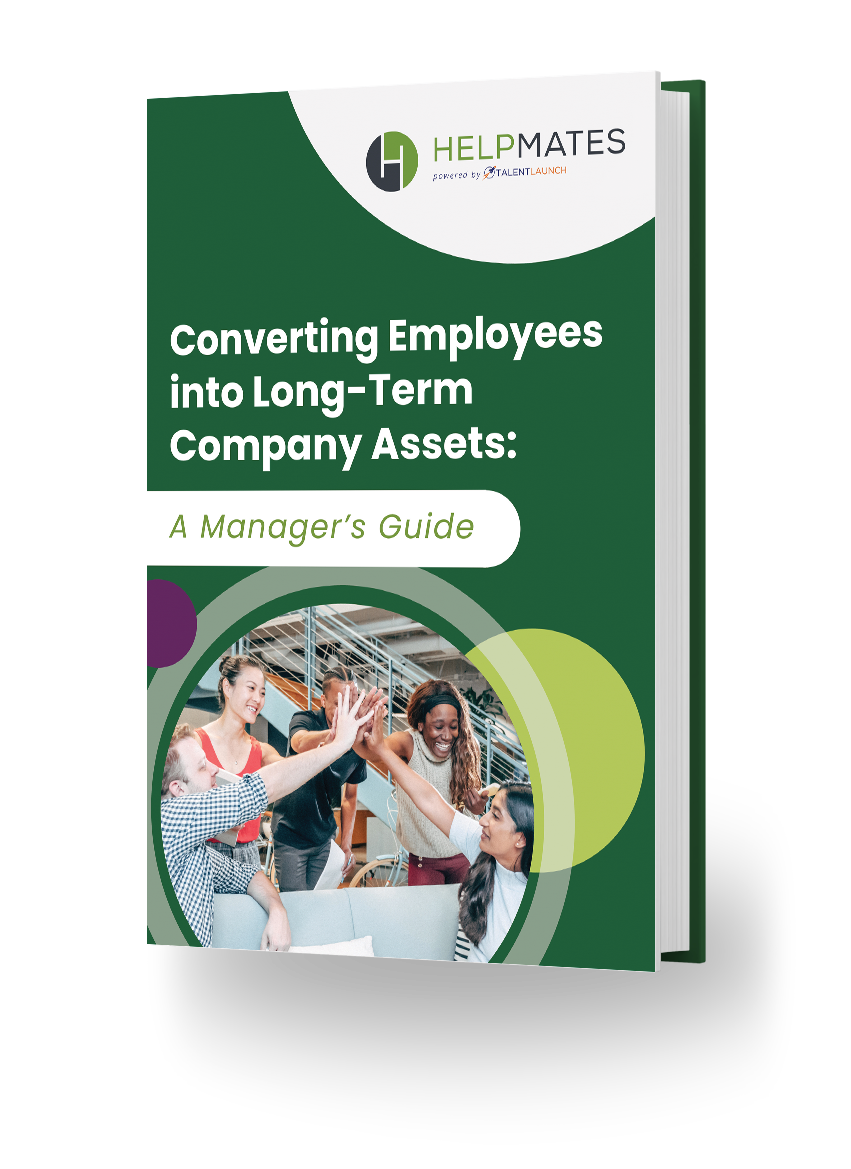Waaay back (in late 2019), about 7 million of us worked remotely full-time, which was about 3.2 percent of the entire workforce. In addition, about 43 percent of us worked at home at least part time.
Now, during the pandemic? Gallup in mid-March began polling people regarding working from home and reported that 39 percent of those polled said their employer offered “flex time or remote work options.” That number increased to 57 percent in polling conducted between March 30 and April 2. We wouldn’t be surprised if it’s more, now (late July, when we wrote this post).
What does the future hold? Our guess is that remote work is here to stay!
Not everyone can work from home, of course, but for those who can, it’s looking more and more as if they will want to continue doing so, at least one or two days a week. This particularly could be the case if the COVID-19 crisis remains with us for the remainder of the year and into early next. That is, the longer people get to work remotely, the more they’ll want to.
Most remote workers LOVE to work at home!
The Gallup research article linked to above mentioned that 59 percent of people polled who are working from home because of the pandemic said they’d prefer to do so as often as possible once health restrictions are lifted.
In fact, folks working from home like it so much that they told pollsters that they’d be willing to quit their current employer to find another remote position if their current company did away with remote work.
Remote workers ARE more productive
A recent survey conducted by CoSo Cloud found that 77 percent of remote workers said their productivity grew when they started working from home. (Fifty-two percent also said they were less likely to take time off.)
Some might be thinking: “Well, of course the employees will say they’re more productive! But are they really!?” Yes they are. Data are showing a 47 percent increase in employee productivity this year.
The future isn’t here yet and therefore nothing is absolutely certain…
…but it appears as if more of those employees who can work from home, will.
Gartner, for example, believes that about 48 percent of employees are “likely” to work remotely at least part-time post-pandemic, up from 30 percent before COVID-19 turned the world upside down and shook it vigorously.
Not everyone agrees, of course: other experts believe workers will return to the office. Working from home can be very lonely; therefore, according to the research firm Gensler, “only 12 percent of people want to continue to work from home full-time after the pandemic subsides.” In addition, Gensler reports that of those who would like to work from home at least some of the time, that some of the time amounts to no more than two or three days per week. Possibly less.
Our prediction?
We believe a good number of people will continue to want to work from home full time. Whether this number is more than those who prefer to work in an office full-time will depend on how well the physical office meets their needs as well as their child care requirements and arrangements.
Still, we believe a lot more workers than before the pandemic will want at least the option to work remotely full- or part time. Savvy employers will understand that this option could well become a required employee benefit if they want to attract top talent – and what employer doesn’t want to do so?
If you’d like to offer remote work to potential employees who normally didn’t work remotely before the COVID-19 crisis (call center workers or customer service representatives, for example), contact Helpmates. We recently helped two of our call center clients move our specialists to full remote work, and we can do the same for you.








